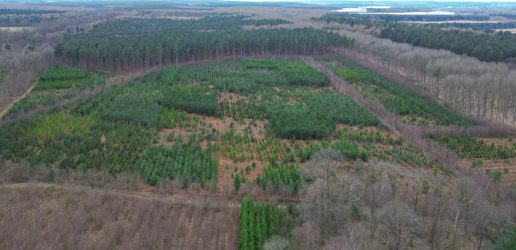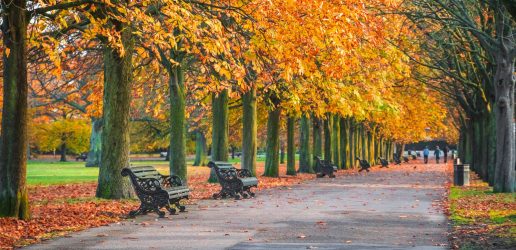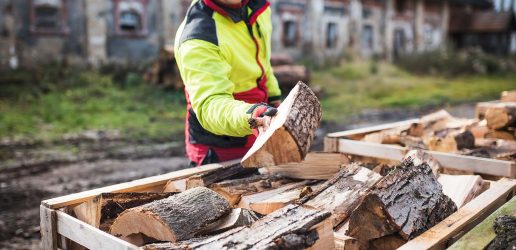On 5th May 2018 the Royal Botanic Gardens Kew opened the doors of the Temperate House after a major restoration project. The Temperate House is home to 1,500 temperate species from five continents and 16 islands, and includes some of the world’s rarest and most threatened plants.
Developed as part of the restoration, and led by Kew’s Learning and Participation department, a Temperate House Activity Plan will see a range of year-round hands-on activities being run for communities and visitors, as well as an online learning programme for schools throughout the UK. The aim of the activities is to widen the range of people who engage with Kew’s scientific work and visit the Temperate House, enabling them to develop key learning and science skills including those of observation and critical thinking.
Over the next two years, social scientists at Forest Research are working with Kew’s Learning and Participation staff and programme participants to co-design and carry out an evaluation of the Temperate House Activity Plan. As well as collecting data alongside staff, volunteers, community members and visitors, Forest Research scientists will be analysing this data to assess how far the objectives of the plan are achieved. The focus of the evaluation will be on the impacts of the plan, but it will also look for evidence of behavioural change amongst participants that can be attributed to their participation in the Activity Plan. The social scientists will also be creating a tool box of evaluation methodologies and resources that Kew can use in future evaluations.
Recent News
View All news
Seventeen coniferous tree species show early promise for future commercial timber production in the UK
Researchers have set up a network of nine large scale experiments across the UK to test the suitability of 17 tree species as potential alternatives for future commercial timber production.
Forest Research are looking for people involved in the harvesting, processing, transport, import, or trade of firewood in Scotland to complete an important survey.

New guide to help local authorities conduct a people survey on the social value of their treescapes
A new step-by-step guide to help local authorities, charities and civic societies carry out a people survey to understand social and cultural values related to trees in their area, is now available.

Seventeen coniferous tree species show early promise for future commercial timber production in the UK
Researchers have set up a network of nine large scale experiments across the UK to test the suitability of 17 tree species as potential alternatives for future commercial timber production.
Forest Research are looking for people involved in the harvesting, processing, transport, import, or trade of firewood in Scotland to complete an important survey.

New guide to help local authorities conduct a people survey on the social value of their treescapes
A new step-by-step guide to help local authorities, charities and civic societies carry out a people survey to understand social and cultural values related to trees in their area, is now available.

